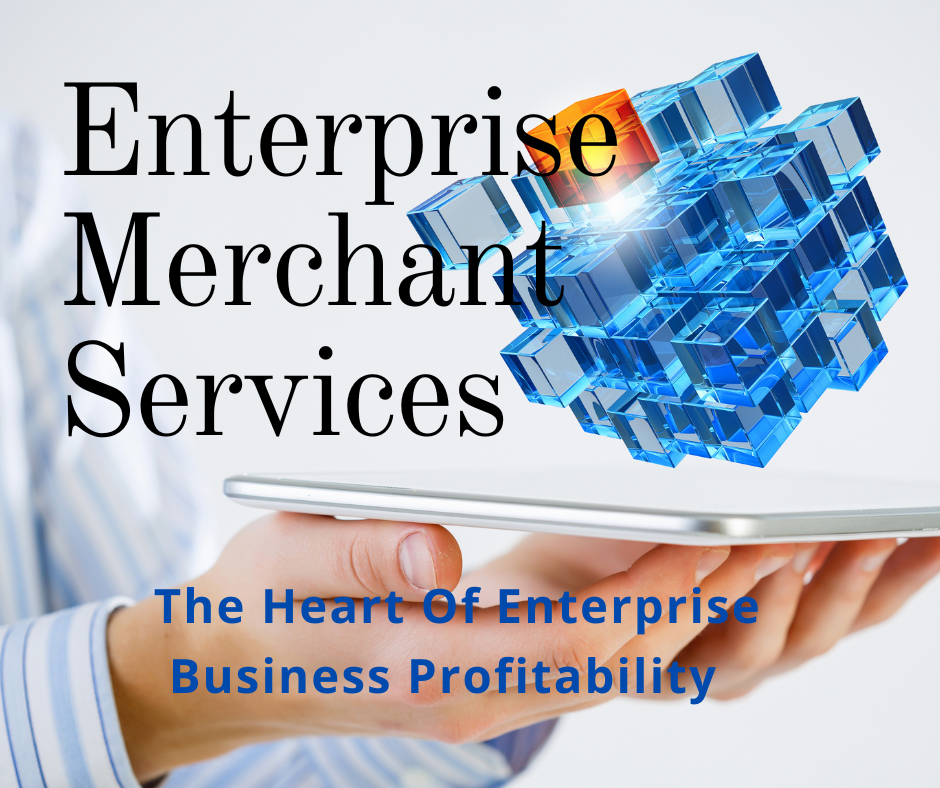 Have you heard of the term “Headless Commerce”? If you’ve been operating an eCommerce business for any amount of time, you're likely hearing it more and more often. It is quickly becoming one of the most popular concepts in eCommerce, and probably one of the least understood by merchants.
Have you heard of the term “Headless Commerce”? If you’ve been operating an eCommerce business for any amount of time, you're likely hearing it more and more often. It is quickly becoming one of the most popular concepts in eCommerce, and probably one of the least understood by merchants.
In today’s increasingly digital commerce environment, businesses have to be wherever their customers are. And they're expected to engage with their customers in many ways and over multiple channels. That means they need to reach you on a phone, and a laptop, but also from a digital assistant, a smart watch...their car.
Every time someone develops a new platform or a new piece of technology, businesses must adapt to engage with it. And that means being agile. It also takes skilled technicians, time, and financial means.
Headless commerce is a website architecture concept that expects to answer this call.
What is headless commerce?
Headless commerce is all about the functionality of your eCommerce site. Online commerce sites have two interfaces that work together to create one cohesive site.
You have the “backend” of your site where all your business processes happen. And you have an elegantly designed “frontend” that your customers engage with. The backend houses your site infrastructure, check out, tax calculations, payment channels, catalogs, inventory, customer account data, and more.
The front end is the user interface, it is how your customers engage with you. These are the front-facing processes such as your site, social media channels, and connected channels like wearable devices, apps, and the IoT (cars, Alexa).
But they don't necessarily have to be dependent on each other.
This is where headless commerce comes in. With headless commerce, your front and back ends of your site are separated from one another. This separation is what led to the term “headless”.
When you employ this type of solution, both sides of your store function independently from one another. The backend facilitates all data storage, calculations, shipping and fulfillment, and infrastructure. And you are free to attach customized front-ends, or heads, to create a unique user experience.
In between the two, APIs create a bridge between where the customer engages with a brand and all the brand’s data and processes on the backend. Flexible Application Programmer Interfaces, APIs, allow both ends to communicate with each other. Additionally, the universal compatibility of headless commerce ensures your website works seamlessly and as intended between all devices and viewing formats.
Why would eCommerce stores want to move to a headless commerce solution?
E-commerce is an ever-changing concept and user behavior continues to be a moving target.
Traditionally, if you wanted to make changes to your site, it would be costly and time-consuming. Any changes you want to make will affect a number of other processes on the site. This results in a largely static site, unable to adapt to new channels, and with slow load speeds.
However, with a headless interface, stores can adapt and customize their site faster and much more easily. Design and functionality become more pliable. And the backend can still perform exactly as needed. This results in a solution that is much more agile and adaptable than traditional eCommerce. The user experience is much more intuitive to the customer and therefore makes their time on the site feel more immersive.
Benefits:
Increase page load times -
Cumbersome backend processes slow down page load times. Slow load times are one of the top reasons consumers leave a site and increase shopping cart abandonment.
Improved brand experience -
Create a storefront that is agile and customizable and leaves more room for freedom of expression in creating your brand. Headless allows for easy synchronization of new customer touch points and allows you to bring them to market faster.
Create a site that feels much more intuitive -
Brands have control over the components that their customers engage with, allowing them to be creative and quickly test design elements.
Reduce reliance on developers -
The separate frontend afforded by being headless allows team members to make updates without needing advanced IT skills. Brands can run A/B tests or create Progressive Web Apps without the worry of affecting backend operations.
Is it right for your business? If not now, then when?
 Traditional eCommerce is relatively quick and simple to set up with minimal investment. This makes it quite desirable, especially for new businesses and smaller merchants. But at some point the benefits of headless commerce cannot be ignored. For rapidly growing businesses, the flexibility of headless becomes necessary.
Traditional eCommerce is relatively quick and simple to set up with minimal investment. This makes it quite desirable, especially for new businesses and smaller merchants. But at some point the benefits of headless commerce cannot be ignored. For rapidly growing businesses, the flexibility of headless becomes necessary.
Consumers are moving more towards mobile commerce with each day. All consumers, but especially mobile users, expect pages to load within seconds. In fact, slow loading web pages affect customer satisfaction, brand loyalty, and reduce conversions. Per Hubspot, even a delay of 1 second can reduce conversion rates a full 7%.
Are you planning to scale up? Do you experience spikes in traffic during holidays or high shopping days like Cyber Monday? Do you want more control over your brand’s image? Do you want to remain relevant to your market and compete with competitors?
One might argue these are things every business wants. But a headless commerce solution is not without caveats. Separating your entire ecommerce architecture is a somewhat complicated process. You will need to decide if you want an IT team to develop all frontends or partner with a “frontend-as-a-service” provider. Since you are decoupling your platform you will need to pay for 2 separate solutions. You will also need to manage both of those solutions, which may mean more resources.
Headless commerce doesn't necessarily make sense for every online business.
While the benefits of headless are something every business would like to enjoy, the costs could be a deterrent.
Consumer shopping today is not the linear process of the past. There are multiple interactions over numerous touch points. And they're only going to continue to expand. It's getting harder to capture consumer’s attention and as such, CAC are rising.
Because of this, brands are making changes and adjustments more often than ever before.
What eCommerce businesses must decide is whether the costs and time involved with moving to a headless solution are comparable to the costs of not. Either way, MonerePay is here to support your unified commerce strategy with a specifically tailored enterprise merchant account. Our innovative financial technology integrates seamlessly with your eCommerce platform to create a frictionless customer experience.
We’re here to support you now, and throughout the life and inevitable growth of your business. In fact, helping YOU grow is the primary goal of our business. For more information, call one of our ETA Certified Payment Professionals today.

(1).jpg)


.jpg)

.png)